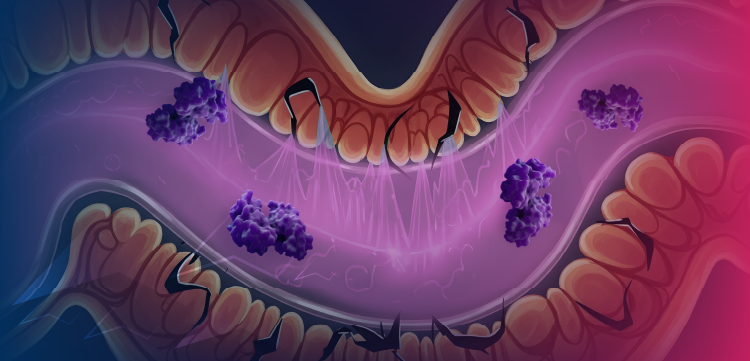
Study hints at increased childhood cancer risk from diagnostic radiation exposure
Exposure to diagnostic radiation in utero and during early infancy may increase the risk of childhood cancers, according to data from the United Kingdom Childhood Cancer Study (UKCCS).
Exposure to diagnostic radiation in utero and during early infancy may increase the risk of childhood cancers, according to data from the United Kingdom Childhood Cancer Study (UKCCS).
As reported online in the British Medical Journal, the UKCCS database was used to examine the risk of childhood cancer after exposure to diagnostic radiation prenatally and in early infancy (0-100 days). The analysis included 2,690 cases of childhood cancer and 4,858 age-, sex-, and region-matched controls.
The risk for all cancers was increased modestly, but not significantly so, after in utero exposure to x-rays. The association was strongest for leukemia, especially acute myeloid leukemia.
A nonsignificant increase in risk for all childhood cancers, leukemia, and acute myeloid leukemia also was discovered after exposure to diagnostic radiography in early infancy.
The strongest cancer risk was for lymphoma, with a hazard ratio that was 5 times higher in cases versus controls, which achieved statistical significance, but this hazard ratio was based on only 7 cases-4 children who were diagnosed as having lymphoma were born prematurely, and 3 children had low birth weight. These children may have been predisposed to lymphoma for some reason other than exposure to diagnostic radiography, said researchers.
There was no relation between exposure to ultrasound prenatally or in early infancy and any childhood cancer.
The results are consistent with those of previous studies of in utero exposure to x-rays and increased risk of childhood cancer, noted the researchers, who added that doses of radiation examined in their study are lower than those used with computed tomography scans being used increasingly in practice.
As a result of the findings, researchers suggest a need for cautious use of diagnostic radiation imaging procedures to the abdomen/pelvis of the mother during pregnancy and in children at very young ages.
Rajaraman P, Simpson J, Neta G, et al. Early life exposure to diagnostic radiation and ultrasound scans and risk of childhood cancer: case-control study. BMJ. 2011;342:d472.
Newsletter
Access practical, evidence-based guidance to support better care for our youngest patients. Join our email list for the latest clinical updates.




